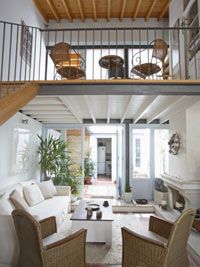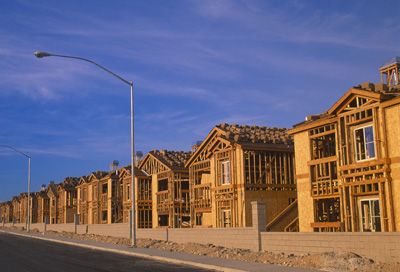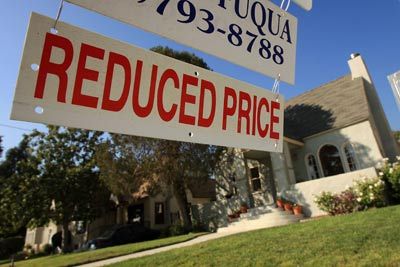There are easy, affordable ways to spruce up the inside of your home. The general advice is this:
You'll Need Cleaning Supplies
This is the most important rule of staging a home. And cleaning doesn't just mean vacuuming the carpet and scrubbing the bathroom (although that's important, too). It includes cleaning under the countertops, replacing shower curtains, cleaning the grout between tiles, steam-cleaning the carpets, dusting the crown molding and ceiling fans, washing the windows (inside and out), polishing all fixtures and wiping down all appliances (inside and out).
There should be no sign of dirt anywhere, and sometimes homeowners miss spots because they forget that some places even exist — for instance, windowsills and closet interiors. Using a professional cleaning service might be a wise investment.
Sell the Space, Not the Stuff
You're going to have to clear out your things so buyers don't have to look past your family photos to see your home. To prevent potential buyers from getting distracted, you should remove all memorabilia. Some stagers even recommend removing mirrors so buyers don't get sidetracked by seeing themselves. However, others say that mirrors can make a room appear larger, so it can depend on the home.
Clearing the kitchen counters of appliances allows you to sell the counter space instead of the appliances. After all this purging, you could be left with empty walls, so many home stagers will find cheap art outside — it can be as simple as gathering leaves and enclosing them in simple frames. Most stagers also recommend depersonalizing bathrooms by replacing personal hygiene items with plants or pottery.
You should also arrange furniture so it's easy for potential buyers to navigate a room. Typically, this involves removing furniture (another good reason to rent storage space), but also pay attention to the room as a whole — if there's too much furniture or decor on one side, it can feel lopsided. And whatever you do use to decorate, group them in objects of three at varying heights to make them pleasing to the eye but not distracting or cluttering.
Let There Be Light
If a room is clean (and it should be), let the buyers see it. Most pros recommend maximizing natural light by opening curtains and shades — some even suggest removing all window dressings, as long as there aren't obvious holes and nails in the wall when they're taken down.
If weather permits, open windows let in fresh air, an added bonus because it removes your scent, which can further distract buyers. Also, turn on all the lights in the house to make rooms appear brighter and bigger. In the next section, we'll find out just how much you can gain from home staging.








